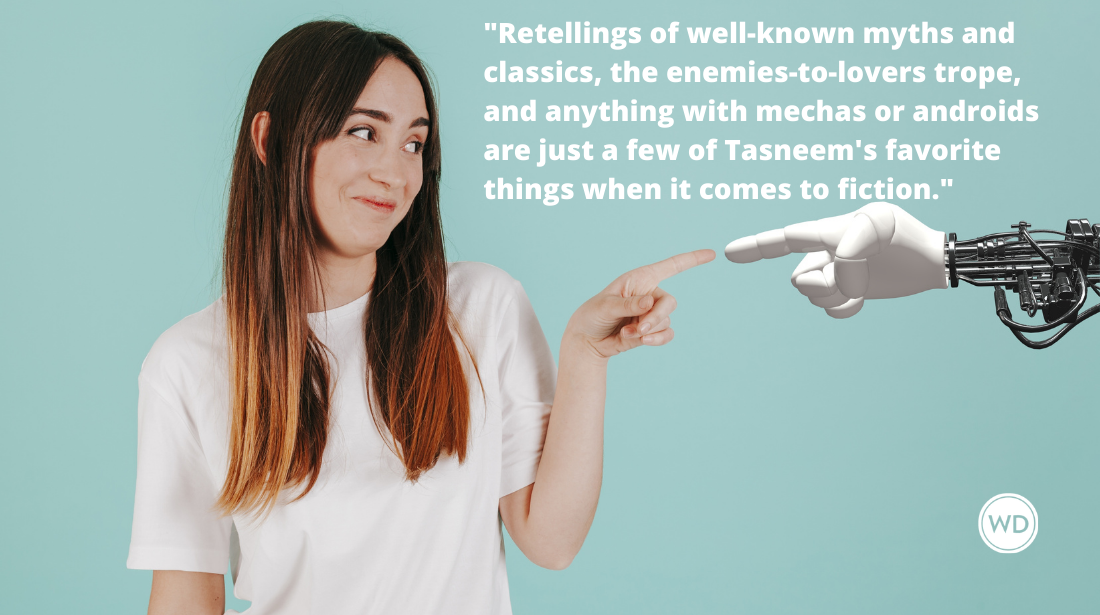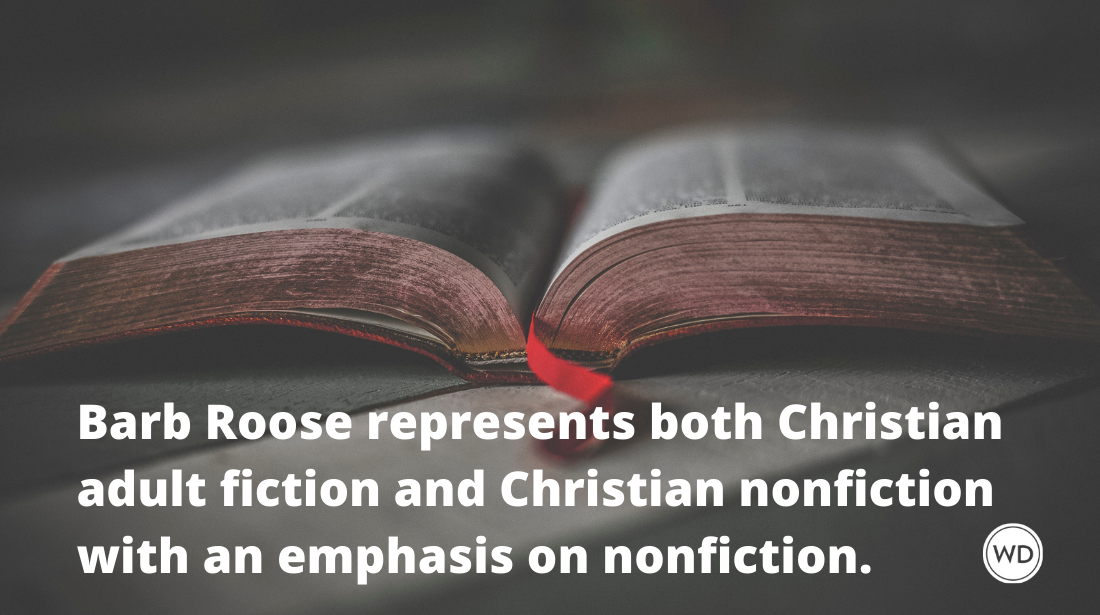6 Tips for Reading Like a Writer
Mark Beaver, author of SUBURBAN GOSPEL (April 2016, Hub City), shares his 6-step process for reading to improve your writing.
I’m willing to offer this generalization: whatever level we’ve attained in our development as readers, we always lag behind that standard as writers. I’ve never met a good writer who wasn’t also a great reader. The more broadly and deeply we read, the more we recognize excellent writing in its endless guises and the more examples we see for how to do it well. Simply put, reading opens doors to better writing.
I came by this realization the hard way. I graduated college in ’91 when the country was mired in a deep recession. Due to the economy, a mediocre transcript, and an impractical degree in psychology, I couldn’t get a job. Which meant I was forced to suffer a humbling situation: I had to move back into my parents’ house. It was there, in my old bedroom, with plenty of time on my hands, I read so many books that I lived out Saul Bellows’ definition of a writer: I became “a reader moved to emulation.”
So I set out to compose the Great American Novel. I proceeded to scribble perhaps the worst novel in the history of American letters. Undeterred, I followed that one up with a new novel immeasurably better in every way—which meant this one was merely terrible. Both now reside in shoeboxes in my garage. Hence, the problem: I had read a library’s worth of great books, but made very little progress as a writer. Eventually, the reason became clear to me.
I wasn’t reading like one.
I discovered that in order to make the most of my reading, what I needed was a game plan—a strategy for discerning a story’s underlying blueprint. I designed a method that looked something like this:
1. Choose a story to re-read
Pick a story, novel, or work of narrative nonfiction that you absolutely love. Choose one that will serve as a model for what you’d like to achieve in your own work. Knowing where the narrative goes will work to your advantage because this awareness of the finish line allows you to focus on how the author gets from here to there.
2. Annotate
As you read, underline or highlight and fill the margins with questions, comments, and observations about…what exactly? Anything related to the author’s choices. To read like a writer, we must look at stories the way an architect looks at a building. We should examine the underlying scaffolding that makes up the nuts and bolts of the narrative. After all, that’s what we spend all our time doing when we write: making decisions.
IndieBound | Bookshop | Amazon
[WD uses affiliate links.]
3. Think BIG by examining the story’s overall structure
Select the plot structure that makes the most sense to you and apply it to the story. If you’re attracted to the tried-and-true approach of Freytag’s Pyramid, go with it. If you’re looking for a more recent update, consider Joseph Campbell’s study of the archetypal hero’s journey. You also can’t go wrong with borrowing from Syd Field’s analysis of movie plots. His Three-Act Cinematic Structure—Inciting Event, Plot Point 1, Midpoint, Plot Point 2, Climax, and Resolution—is superbly adaptable to any genre of storytelling.
4. Think smaller by breaking down the story scene by scene
Examine each scene to consider what it contributes to the overall narrative and how it pushes the action toward each of those major set pieces. What does the protagonist want in the scene? What obstacles present hurdles, stymie his progress, and thereby create conflict—the one thing without which a story is DOA? What does this scene reveal about the protagonist’s fundamental core? Fill the margins with your observations.
5. Look closer at the story’s climax
At what point in the narrative does it occur? Does our hero succeed or fail in achieving her goal? How does the author manipulate time in order to distinguish this moment’s significance from all the others?
6. Identify how the protagonist is different as a result of the events in the story
Stories are about change. How has your character been transformed by the story’s events? By transformation, I don’t mean a 180-degree, about-face flip-flop—I mean a more subtle form of evolution. If at story’s end your protagonist is seeing the world, and himself, from even a slightly different perspective, then this shift has justified the telling of the story.
It’s a time-consuming process, to be sure, but this strategy never fails to unlock for me a story’s brilliance and inspire me to see my own work with fresh eyes and clearer direction. And it reminds me of what I discovered all those years ago when I was setting out on my journey toward eventually writing a publishable book: Before I could become a writer, I had to learn to read like one.
Mark Beaver is the author of Suburban Gospel (April 2016, Hub City), a memoir about growing up in the '80s Bible Belt. His prose has appeared in Gulf Coast, North American Review, Tampa Review, storySouth, Fugue, Southeast Review, Third Coast, Ninth Letter, and many other publications. He lives with his wife and daughters in Atlanta, where he teaches at The Lovett School.






